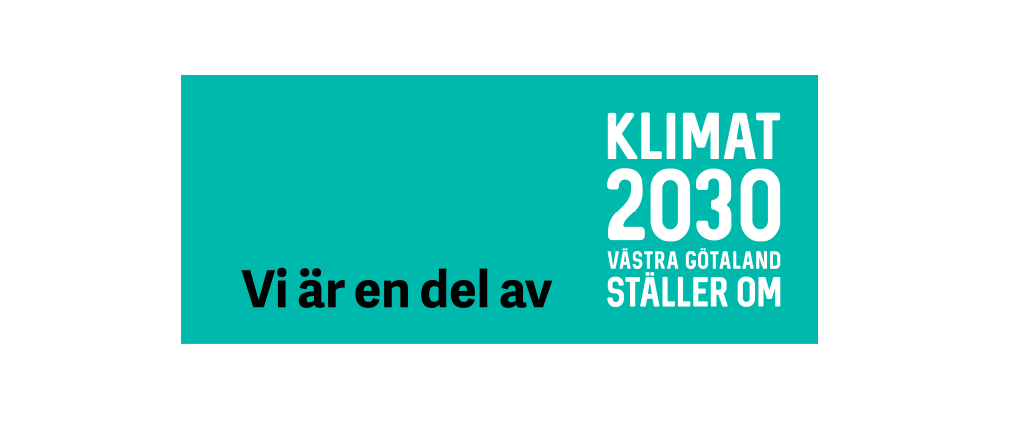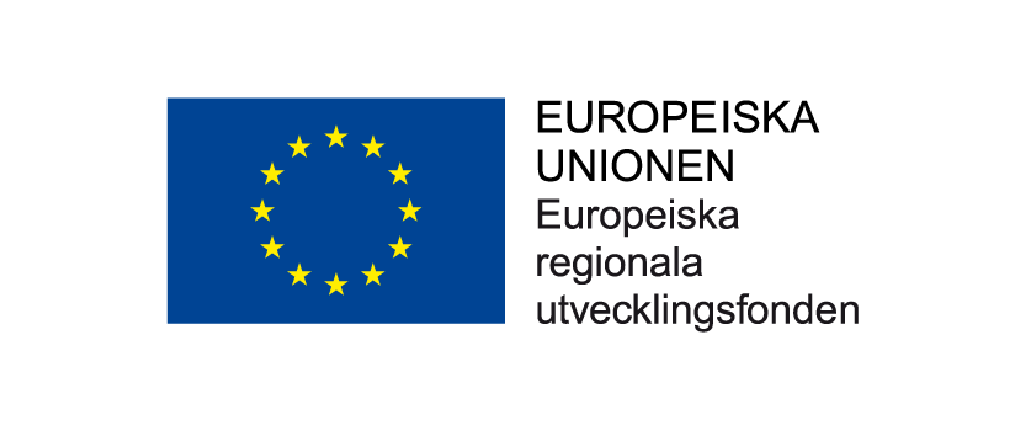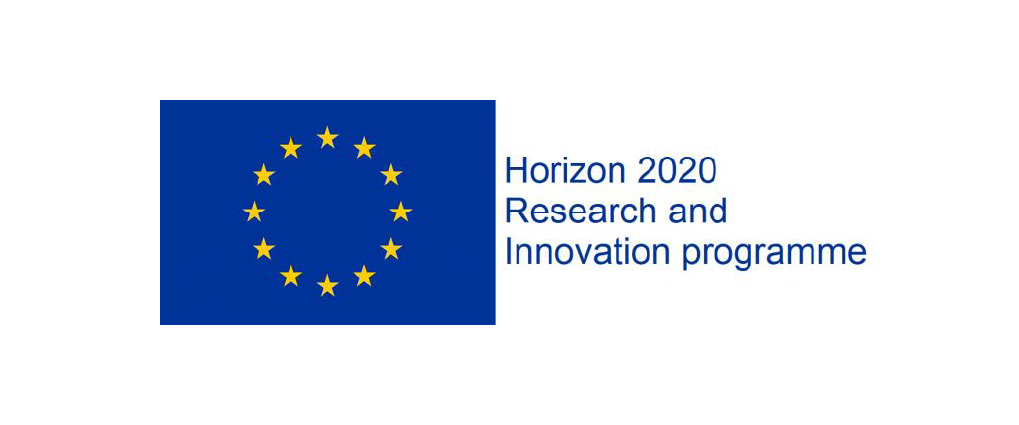Intermediate air filters for general ventilation applications: An experimental evaluation of various filtration efficiency expressions.
- Utgivare: Aerosol Science and Technology
- År: 2013
- Författare: Bingbing Shi, Lars Ekberg, Sarka Langer
- Typ: Vetenskaplig artikel
Neither the European standard nor the US standard for classification of intermediate class filters comprises testing of filter performance with respect to ultrafine particles (UFPs) or particles of the most penetrating size (MPPS). This could turn out to be a major lack in classification standards since UFPs have been pointed out as a serious health hazard. In this study, fractional efficiencies of eight new full-scale bag filters and twenty-three new filter medium samples were determined. The influence of air velocity and aerosol type was investigated, and correlations between efficiencies for UFPs (EFUFPs), MPPS-sized particles (EFMPPS) and 0.4 μm-sized particles (EF0.4μm) were established. The tested bag filters were challenged by four aerosol types: a neutralized atomized oil aerosol, the same oil aerosol but non-neutralized, a non-neutralized thermally generated oil smoke, and a “natural” indoor aerosol. The tests were carried out at different air velocities through the filter medium, ranging between 0.08 m/s and 0.22 m/s. The relationships that were observed between EFUFPs, EFMPPS, and EF0.4μm appeared to be linear within the observed filtration efficiency ranges. These relationships were similar regardless of the test aerosol type used, but somewhat different for glass fiber filters than for charged synthetic filters. Generally, EFMPPS was 10–20% lower than EF0.4μm. The influence of air velocity variations on the size resolved efficiency was determined. The glass fiber filters showed practically the same fractional efficiencies regardless of whether the test aerosol was neutralized or not. However, the charged synthetic filters showed substantially lower efficiencies when tested with the non-neutralized aerosol compared to the case when the aerosol was neutralized.
Published in: Aerosol Science and Technology Vol. 47 s. 488-498
Available here.





